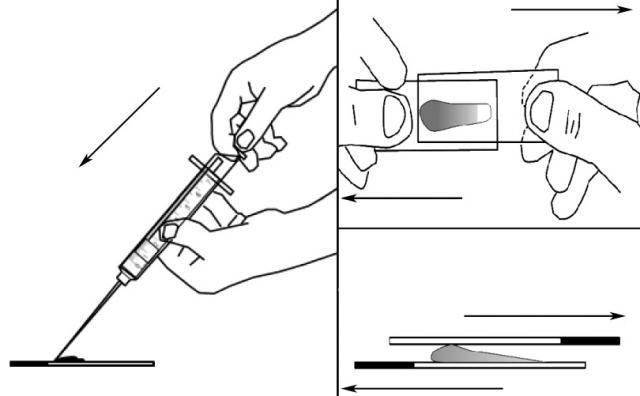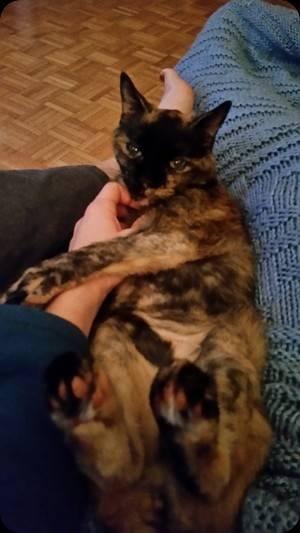
What is Acupuncture?
Acupuncture has been practiced in both animals and humans for thousands of years to produce a healing response in the body. Acupuncture involves the use of very thin, sterile needles at specific energetic points just under the skin where there is a high density of free nerve endings, blood vessels, lymph ducts and mast cells. Through placement in these energy channels the needles enhance circulation and induce the release of beta-endorphins, serotonin and other neurotransmitters throughout the body with the goal of restoring normal body homeostasis.
Is Acupuncture Safe?
Yes! Acupuncture is a very safe medical procedure when administered by a qualified practitioner. Many animals become sleepy and relaxed after a treatment. Some animals may experience minor discomfort as needles are placed.
How Long Does Each Treatment Take?
Each session may take between 20-40 minutes. The first session takes longer than follow-up appointments.
How Soon Can We See Results?
Some results can be seen immediately but others require several treatments. Generally speaking a minimum of 3-5 treatments 1-2 weeks apart for chronic conditions are needed before seeing significant improvement.
How Can Acupuncture Benefit My Pet?
Clinical trials indicate that acupuncture therapy can be effective in the following conditions:
- Musculoskeletal problems: pain management for muscle soreness, back pain, osteoarthritis, degenerative joint disease
- Neurological disorders: seizures, intervertebral disc disease, laryngeal hemiplegia, nerve paralysis
- Gastrointestinal disorders: nausea, diarrhea, colic, constipation
- Other chronic conditions such as skin problems, renal failure, chronic liver disease, behavioural problems, infertility, Cushings disease, geriatric weakness
- Quality of life and hospice care
- Performance enhancement and disease prevention
Always work closely with a veterinarian to develop a treatment plan for your pet. Alternative healing methods like acupuncture might have the potential to make your pet’s life more comfortable and can be used in conjunction with traditional medicine.
To determine if your pet’s condition may be responsive to this treatment modality, please set up a consultation with Dr. Angela Gerretsen at Mitchell Veterinary Services or Coventry Animal Hospital.
Click here to view our Acupuncture Service page
















